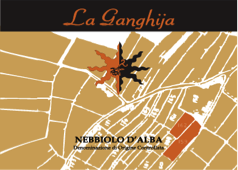⇐ SuperFlex⇒
%[endif]%Our Featured Wineries
Following are some of our featured wineries:

Damilano Wine Company is one of the oldest wineries in Barolo with historic traditions. The Damilano family business dates back to 1890 when Giuseppe Borgogno, the great grandfather of the winery’s current owners, began to vinify his own estate wines. Paolo, Mario and Guido Damilano, the fourth generation, have brought new vigor to the family business, strengthening and developing the fruit which this extraordinary land has to offer.
Upon moving to Barolo we became good friends with Guido Damilano and his family as our children went to the local 'scuola materna' together. Fortunately for us we have shared many an evening with them drinking not always but often Damilano wine! Knowing the wine and the family so well it is our pleasure to offer this wine to you.
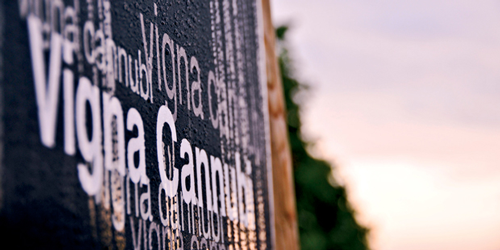
Damilano are famous for their high quality and consistent wines. The secret to high quality is found in the grapes destined to become Damilano wines. The grapes are cultivated in 58 hectares of prestigious and select vineyards that the company looks after with the same attention and respect as the winery’s founders, as well as the skills of modern winemaking in order to pursue the highest quality.
The winery produces 430,000 bottles a year of predominantly red wines, but it is in Barolo that the production reaches the height of its quality. The cru wines Cannubi, Brunate, Cerequio and Liste have distinct expressions that showcase the differences in terroir, ranging from the innate elegance of Cannubi and Brunate to the more decisive and structured character of Cerequio and Liste.
In addition to these four single vineyard crus, Damilano produces the Barolo Lecinquevigne, a blend of five vineyards from five different towns: Barolo, Verduno, Grinzane Cavour, La Morra and Novello.
To complete the range, the winery also produces Nebbiolo d’Alba Marghe, Barbera d’Asti, Barbera d’Alba LaBlu, Dolcetto d’Alba, Langhe Arneis, Rosato, Moscato d’Asti, Barolo Chinato and Grappa di Nebbiolo da Barolo.
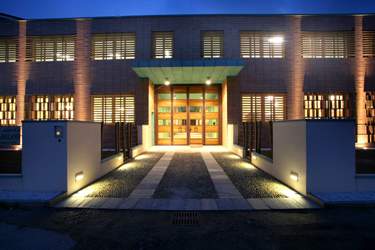
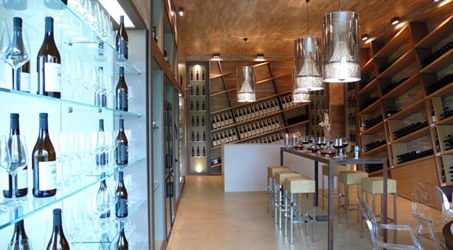

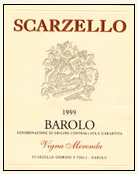
The Scarzello estate has a long and impressive history. Since its very beginning some three-hundred years ago, having been one of the only estates not owned by the extremely powerful Marchese Falletto (the grandfather of the Barolo wine), Scarzello has prided itself on its independence and its individuality. This tradition continues in full-force today, as the property remains to be family-owned and operated just as it has been for the past eight generations.
Directed by the Scarzello family since after the Second World War, first under Giuseppe Scarzello, at that time cellar master for a famous Barolo winery, the cellar always made wine from bought-in grapes, selling it in demijohns or in the “dopolavoro” shop in Barolo run by their grandmother. In the1960s they began to bottle their own wine, producing 2,000 bottles of Barolo, but continuing to sell Dolcetto in demijohns. A turning point came in the late 1970s, however, when in conjunction with the great vintage of 1978, they decided to bottle all the Barolo production, which subsequently received good reception in foreign markets (Germany, Switzerland, and the United States), and even more so in 1985, when they decided to bottle all their wines and leave the bulk wine market.
The winery today produces wine from 5 hectares of vineyard, of which nebbiolo for Barolo comprises 2.5 hectares, plus 2 hectares in the Sarmassa vineyard and a half hectare in the Terlo vineyard, with vine ages ranging from 5 to 30 years, and produces in addition Barbera d’Alba and Barbera d’Alba Superiore, Dolcetto d’Alba, and Langhe Nebbiolo
The winery avoids using vinification and maturation techniques to define its winemaking style. 500-600-litre French oak casks and lengthy macerations on the skins have been the practice since 1997 for the Barbera d’Alba Superiore; the regular Barolo matures in seasoned casks of varying sizes, while the Sarmassa Vigna Merenda cru spends 28-30 months in 25-30-hectolitre Slavonian oak casks with staves of average thickness. What is important about Barolo, according to the Scarzellos, is to let the tannins show through, as long as the wine’s elegance and freshness are not compromised.
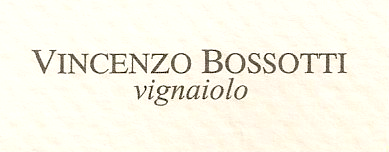
Due to its size your highly unlikely to find this wine in any wine review books or for that matter in any shop outside of Italy. Its one of those rare little gems that we want to share with our members.
Located in the village of Cisterna d'Asti, high in the hills within the Asti region (375mtrs), its also the only non Langhe wine maker we are featuring in our first selection.
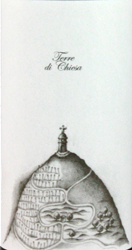
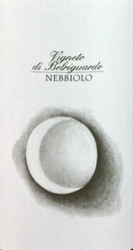
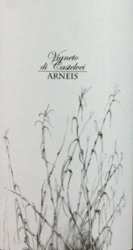
The 8 hectares are family run and the grandparents still help out with the manual labour concerning the vines cultivated using the 'guyot' method. A traditional method which sees vines cut back to the stump each year and when growing season starts the new vines are hand trained to grow along wires running the down the rows.
Their philosophy is that good wines are achieved in the vineyards (not the cellar) and they take utmost care through the growing cycle to ensure the best quality fruit ready for picking. In the cellar they strive to create exceptional wines without the excessive use of technology that so many large wineries today rely on.
The level of their passion for the wines they create is captured within their packaging which is simple stunning and beautiful at the same time, from pencil art through to a label that is a mirror on the Rosato…pure passion, pure art and amazing wines.
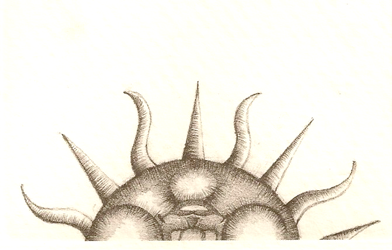

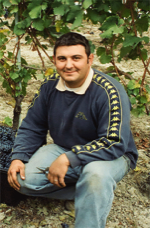
LA GANGHIJA is situated in the heart of Treiso, a small village in the famous BARBARESCO D.O.C.G. wine region. The winery is very much a family business. Enzo is supported by his parents Giovanni and Rita, his brother Flavio and his uncle Franco.
The decision to start making their own wine (exclusively from their own vineyards) was conceived during Enzo's studies at Enology School in Alba. Enzo is able to buttress his family's knowledge and experience with his recent studies of vinification to produce quality wines which proudly represent the style of the area.
The production of wine is fairly recent for the Rapalino family, but the work in the vineyards has gone on for many generations, currently the family farms 37 acres of vineyards situated in the town of Treiso, Magliano Alfieri and Alba (Madonna di Como).
